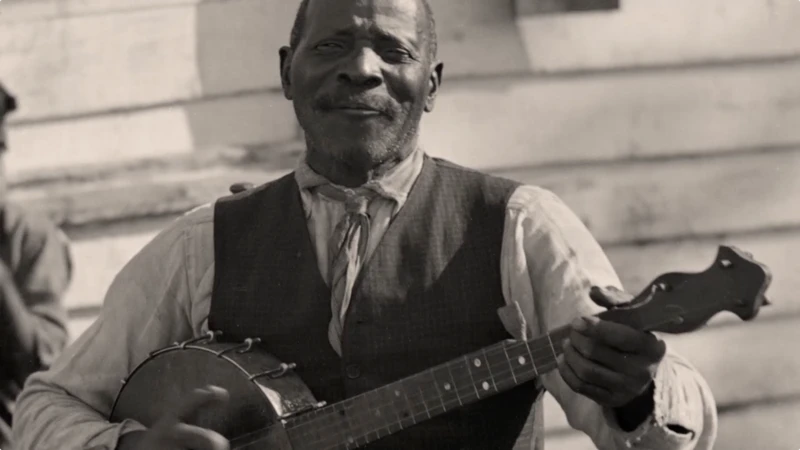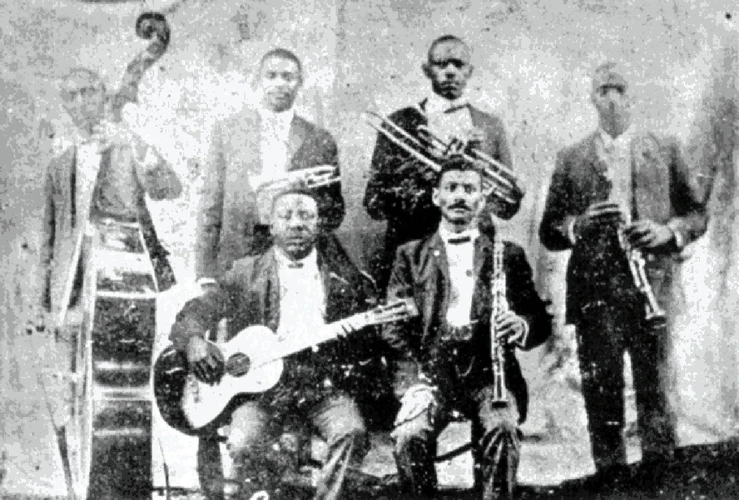The influence of African American music on country guitar is a topic that is often overlooked, but is incredibly significant. From the early days of country music to the present, African American musicians have had a profound impact on the development of country guitar style and technique. In this article, we will explore the various ways in which African American music has shaped country guitar, and how this influence continues to be felt today.
The Blues and Country Guitar
One of the most significant ways in which African American music has influenced country guitar is through the blues. The blues originated in the Deep South of the United States in the late 19th century, and was primarily played by African American musicians. The blues was characterized by its twelve-bar structure, use of the blues scale, and emphasis on emotional expression.
Country musicians quickly picked up on the blues, and began incorporating its elements into their own music. This was particularly true of country guitar players, who found that the blues provided a wealth of new techniques and ideas to draw from. The use of the blues scale, for example, allowed country guitarists to add a new level of expressiveness to their playing, while the twelve-bar structure provided a solid foundation for improvisation.
Jazz and Country Guitar
Another important way in which African American music has influenced country guitar is through jazz. Jazz originated in the early 20th century, and was heavily influenced by the blues. Like the blues, jazz was characterized by its use of complex chords, intricate rhythms, and improvisation.
Country guitarists were quick to adopt these elements into their own playing. The use of complex chords and intricate rhythms allowed country guitarists to add a new level of sophistication to their music, while improvisation provided a way for them to showcase their technical skills and creativity.
R&B and Country Guitar
R&B, or rhythm and blues, is another genre of African American music that has had a significant impact on country guitar. R&B originated in the 1940s, and was characterized by its use of strong backbeats, soulful vocals, and danceable rhythms.
Country guitarists were drawn to the backbeats and danceable rhythms of R&B, and began incorporating these elements into their own music. This was particularly true of country guitarists who played in honky-tonk bands, which were known for their lively, danceable rhythms. The use of backbeats and danceable rhythms allowed country guitarists to create a more dynamic and engaging sound, and helped to distinguish country music from other genres.
Rock and Roll and Country Guitar
Rock and roll is a genre of music that emerged in the 1950s, and was heavily influenced by both the blues and R&B. Rock and roll was characterized by its use of strong backbeats, electric guitars, and a focus on danceable rhythms.
Country guitarists were quick to adopt the elements of rock and roll into their own music. The use of electric guitars, in particular, was a game-changer for country guitarists. Electric guitars allowed country guitarists to create a wider range of sounds and textures, and helped to give country music a more modern and contemporary feel.
Modern Country Guitar and African American Influence
Today, the influence of African American music on country guitar can still be heard in modern country music. Many modern country guitarists continue to use the techniques and ideas that were first developed by African American musicians.
One example of this is the use of chicken pickin’, a technique that involves using a thumb pick and fingers to create a sharp, percussive sound. Chicken pickin’ was first developed by country guitarists who were influenced by the blues and R&B, and is still a popular technique among modern country guitarists.
Another example is the use of slide guitar, which was heavily influenced by the blues. Slide guitar involves using a slide to create a glissando effect, and is a popular technique among modern country guitarists.
Interested in the history of country guitar and its influences? Learn about the origins of guitar picks in country music, the social context of country guitar in the US, and the evolution of electric guitars in country music sounds. Discover how African American music has impacted country guitar and explore unique electric guitars used in country music. Dive into the rich history and diverse influences that have shaped country guitar playing!
Conclusion
In conclusion, the influence of African American music on country guitar is a topic that is often overlooked, but is incredibly significant. From the early days of country music to the present, African American musicians have had a profound impact on the development of country guitar style and technique. The blues, jazz, R&B, and rock and roll have all played a role in shaping country guitar, and continue to be heard in modern country music. As country music continues to evolve, it is likely that the influence of African American music will continue to be felt.



